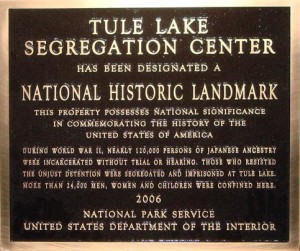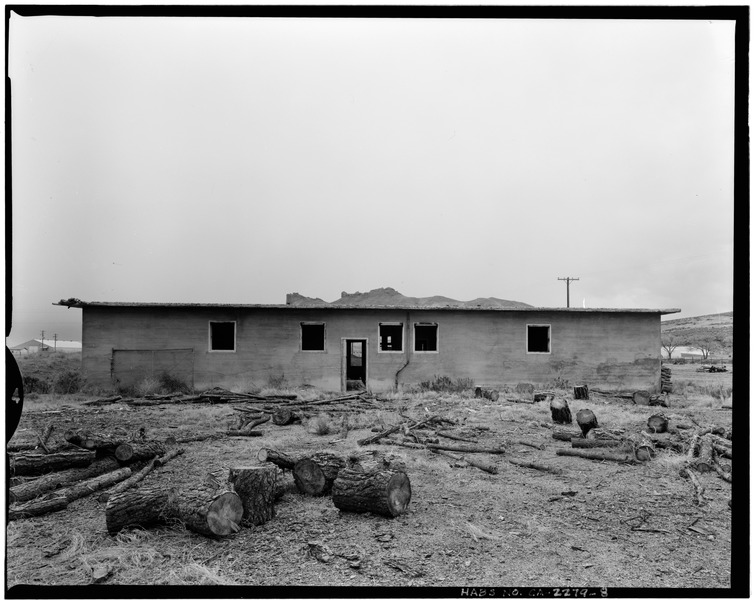By Louis Chan
AsAmNews National Correspondent
It’s hard to imagine something as historically significant and culturally important as Tule Lake is not already recognized as an historic site, but apparently that’s the case.
Soon, hopefully, this immense oversight will be rectified.
The Sierra Sun Times reports that U.S. Senator Barbara Boxer (D-CA) has proposed the establishment of the Tule Lake Incarceration Camp as a national historic site overseen by the National Park Service.
“Senator Boxer’s bill will distinguish the Tule Lake Camp as a nationally significant historic site, for which we are grateful,” said Barbara Takei of the Tule Lake Committee. “The Senator’s efforts will help educate Americans about a period of American history that we trust will never be repeated.”
Takei’s group periodically organizes a pilgrimage to Tule Lake, the most recent one was in 2014.
The incarceration camp there was open from 1942 to 1946. It officially became known as the Tule Lake Segregation Center because those imprisoned there had been transferred from one of the other nine incarceration camps because they had refused to answer yes to one of two “loyalty questions.” Draft resisters were also sent there.
According to Wikipedia, there are currently only 90 National Historic Sites in the United States. Such a designation would make Tule Lake a protected area of national historic significance.
“National Parks Conservation Association applauds Senator Boxer’s legislation to establish Tule Lake National Historic Site, joining Manzanar and Minidoka in our National Park System to connect visitors to our country’s history and the injustices that Japanese Americans faced during World War II,” said Ron Sundergill, Pacific Region Senior Director of the National Parks Conservation Association.
In 2006, Tule Lake was designated a National Historic Landmark. There are 2,500 such places with the landmark designation in the United States.
Such places are official recognized by the U.S. government for their historical significance.

